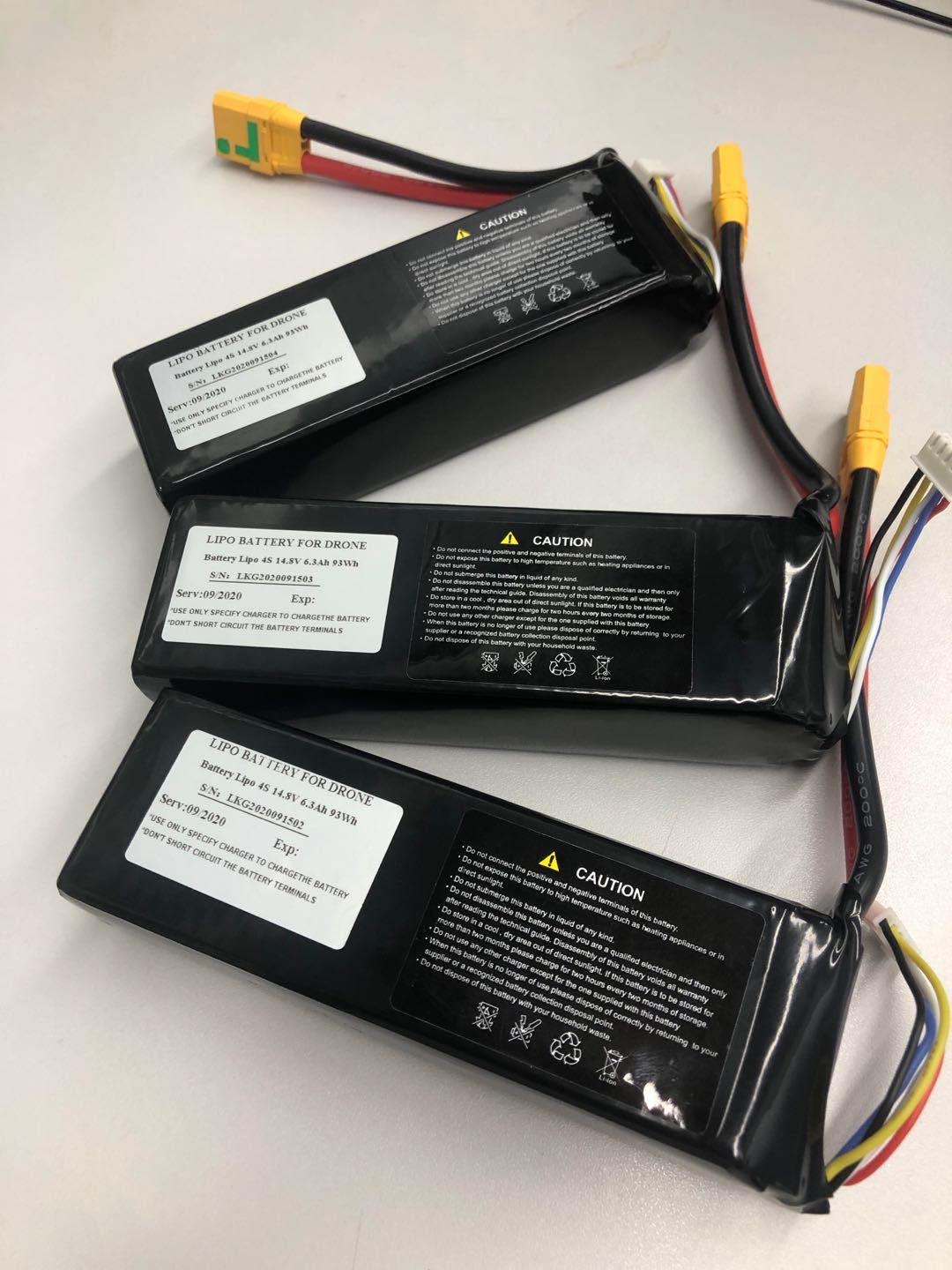- 17
- Nov
Interpretation of the reasonable operation method of lithium battery for model airplane
The cause of over-discharge of lithium-air battery and its correct use
Some novices believe that the better the brand and the higher the price, the longer the shelf life. However, this is often not the case.
At present, I am very satisfied with the 130 yuan 1800MAH12C, which is a brand I don’t know. If the receiving end is closed midway (such as debugging), then bad luck will come. If the receiver is turned off midway, assuming that the voltage is 10V, when it is turned on again, the adjusted maintenance voltage will drop to 10×65% = 6.5V. The result is a very serious situation, namely battery discharge. Although it can be recognized that the battery voltage drops from the power supply, it may have been unable to fly, but it is still very dangerous and will discharge if you are not careful. Therefore, the battery cannot be turned off from the beginning of the flight, or the battery needs to be recharged for flight. Athos mentioned electricity in his book. When charging and debugging, set the throttle to maintain to ensure safety.


How to use lithium batteries correctly?
1, charging
1-1 Charging current: The charging current should not exceed the specified maximum charging current (generally less than 0.5-1.0C). Charging with a current higher than the recommended current may cause problems in the charge and discharge performance, mechanical performance, and safety performance of the battery, and may cause the battery to generate heat or leak. Currently, 5C rechargeable model aircraft batteries are used on the market. It is recommended not to use 5C charging frequently, so as not to affect the battery life.
1-2 Charging voltage: The charging voltage should not exceed the specified limit voltage (4.2V/single cell), and the maximum limit of each charging voltage is 4.25V. (Direct charging is strictly prohibited, otherwise the battery may be overcharged. The consequences caused by the user’s own reasons shall be borne by the user.)
1-3 Charging temperature: The battery must be charged within the ambient temperature range specified in the product manual; otherwise, the battery may be damaged. If the surface temperature of the battery is abnormal (over 50°C), stop charging immediately.
1-4 Reverse charge: Correctly connect the positive and negative poles of the battery. Reverse charging is prohibited. If the battery’s positive and negative poles are connected reversely, it cannot be charged. Reverse charging can damage the battery and even cause heat, leakage and fire.
2, discharge
2-1 Discharge current: The discharge current should not exceed the maximum discharge current specified in this manual (incoming line). Excessive discharge will cause the capacity to drop sharply, causing the battery to overheat and expand.
Discharge temperature: The battery must be discharged within the operating temperature range specified in the manual. When the surface temperature of the battery exceeds 70°C, please suspend operation until the battery cools to room temperature.
2-3 Overdischarge: Overdischarge may damage the battery. The discharge voltage of a single battery cannot be lower than 3.6 V.
3, storage,
The battery should be stored in a cool environment for a long time (more than 3 months), preferably at 10-25℃, and there is no corrosive gas at low temperature. In the long-term storage process, the battery is charged and discharged every 3 months to keep the battery active and ensure that the voltage of each battery is within the range of 3.7-3.9V.
